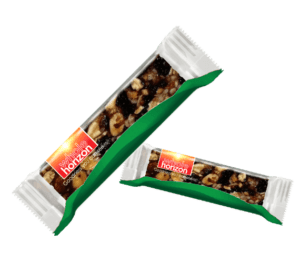Home » Quality vs. Quantity: Making Informed Choices in Packaging
Quality vs. Quantity: Making Informed Choices in Packaging
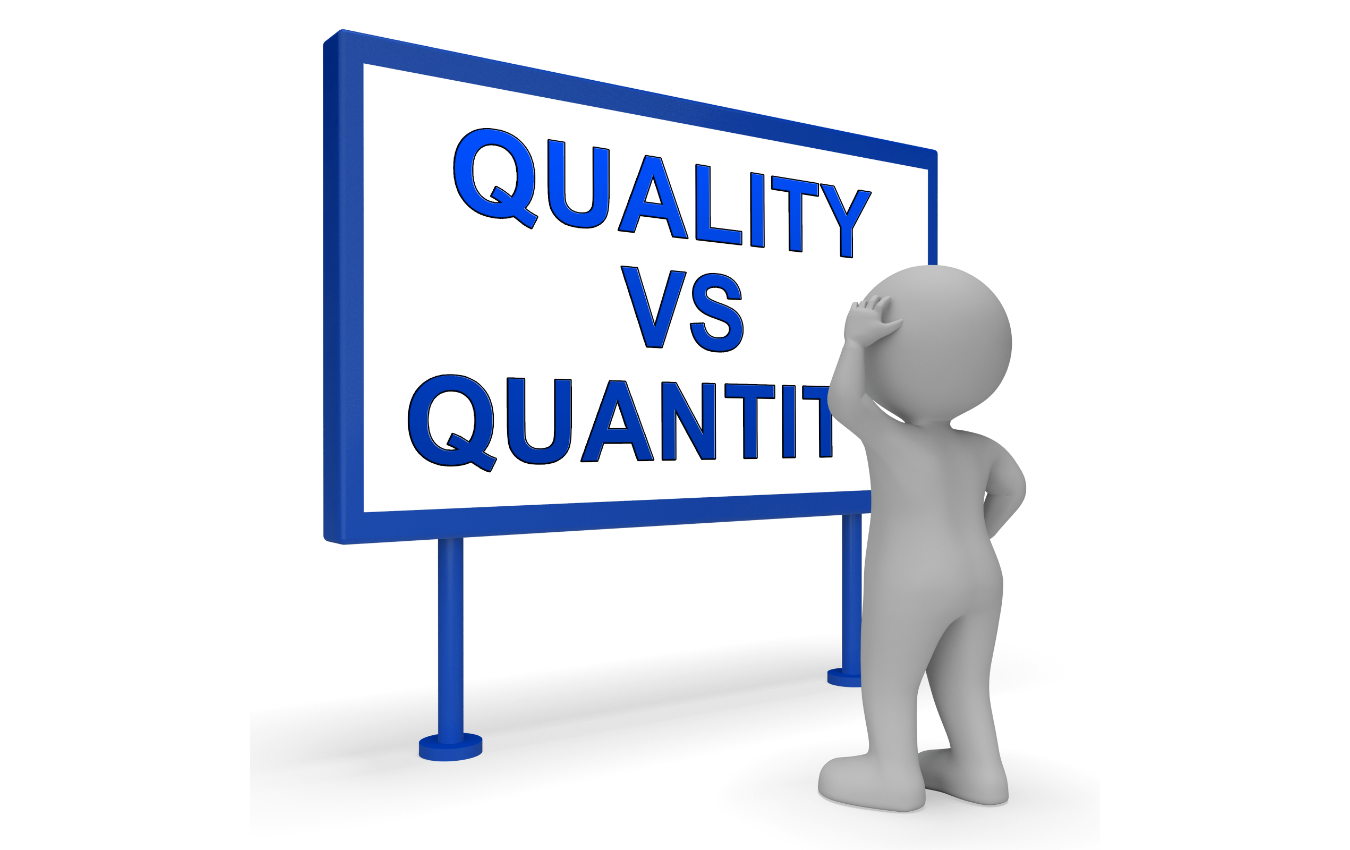
One of the fundamental decisions that buyers face when it comes to packaging is whether to prioritize quality or quantity. This choice can significantly impact your brand image, customer satisfaction, and overall packaging costs. In this detailed blog, we will explore the factors that influence the decision between quality and quantity in packaging, helping you make informed choices that align with your business goals.
Quality Packaging: The Value of Excellence
Quality packaging is all about creating a premium and memorable experience for your customers. Here’s why it matters:
- Brand Perception: High-quality packaging communicates that your brand cares about every detail. It reflects a commitment to excellence, which can elevate your brand image.
- Customer Experience: Quality packaging enhances the unboxing experience. It creates anticipation and excitement, leaving a lasting impression on customers.
- Protection: Premium materials and construction offer better protection for your products, reducing the risk of damage during transit.
- Sustainability: Quality packaging often incorporates eco-friendly materials and design, aligning with sustainability goals and customer preferences.
- Reusability: Durable packaging can be reused by customers, extending its lifespan and providing ongoing brand exposure.
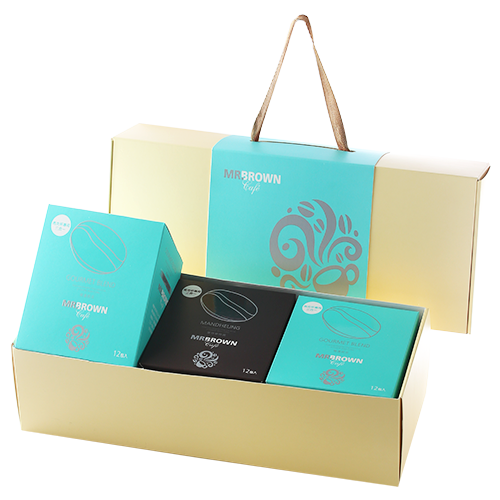
Quantity Packaging: Balancing Cost and Efficiency
Quantity packaging prioritizes cost-effectiveness and efficiency. Here’s why it’s a practical choice:
- Cost Savings: Quantity packaging is usually more cost-effective due to lower material and production costs. It allows you to allocate resources to other aspects of your business.
- High-Volume Demands: Businesses with high shipping volumes may prioritize quantity packaging to meet demand efficiently.
- Standardization: Standard packaging sizes and designs simplify logistics and reduce lead times.
- Minimalism: Quantity packaging often adopts a minimalist approach, which can be appealing in industries where simplicity is valued.
- Sustainability: Streamlined packaging can reduce waste, supporting sustainability initiatives.
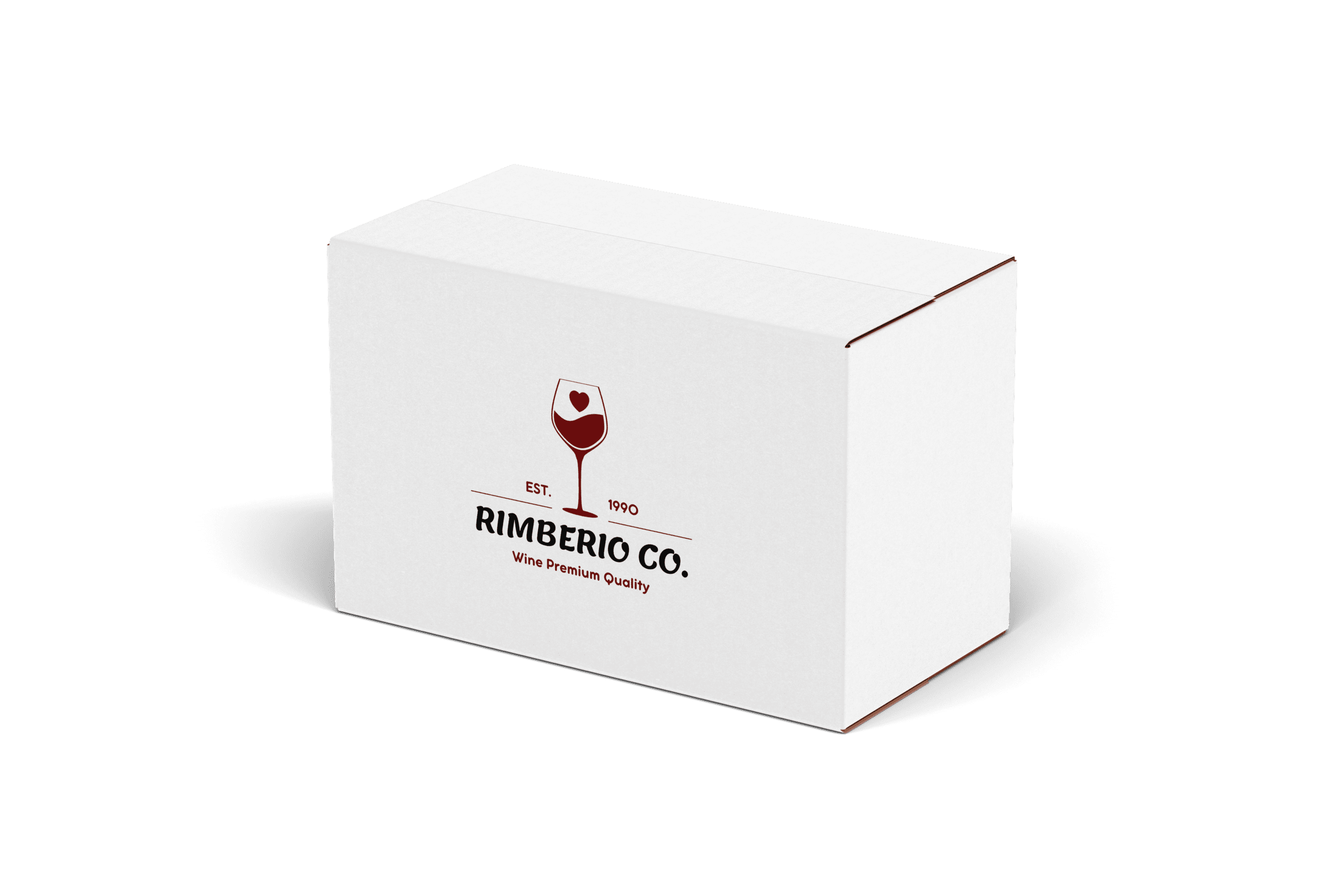
Making the Decision
To make an informed choice between quality and quantity packaging, consider the following factors:
- Product Type: The nature of your product plays a crucial role. Fragile or luxury items may benefit from quality packaging, while standard or non-fragile products may work well with quantity packaging.
- Target Audience: Understand your target audience’s preferences. High-end customers may expect premium packaging, while cost-conscious shoppers may prioritize quantity.
- Brand Identity: Consider your brand identity and values. If your brand is associated with luxury, quality packaging may be essential. For a budget-friendly or minimalist brand, quantity packaging may be more suitable.
- Budget Constraints: Assess your budget and packaging costs. Quality packaging may have a higher upfront cost, but it can yield long-term benefits. Quantity packaging can help you manage costs efficiently.
- Environmental Impact: Sustainability is a growing concern. Evaluate the environmental impact of your packaging choices and opt for eco-friendly options when possible.
- Logistics and Storage: Consider storage space and logistics. Quantity packaging may require more storage space, while quality packaging may reduce returns due to damage.
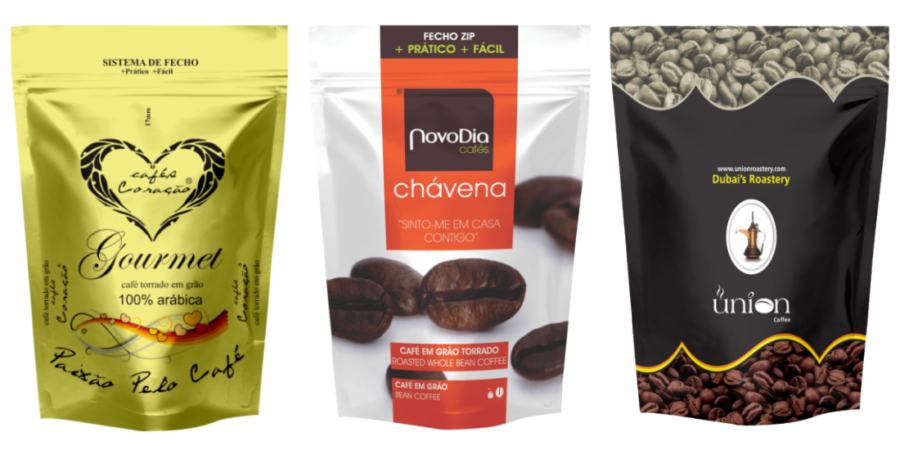
Finding a Balance
In some cases, finding a balance between quality and quantity packaging is the ideal solution. For example:
- Tiered Packaging: Offer premium packaging options for select products or customers, allowing you to cater to different preferences.
- Seasonal Variations: Adjust your packaging strategy seasonally or during promotions to strike the right balance between quality and quantity.
- Customization: Explore customization options that allow you to add branding elements to quantity packaging, enhancing the overall experience.
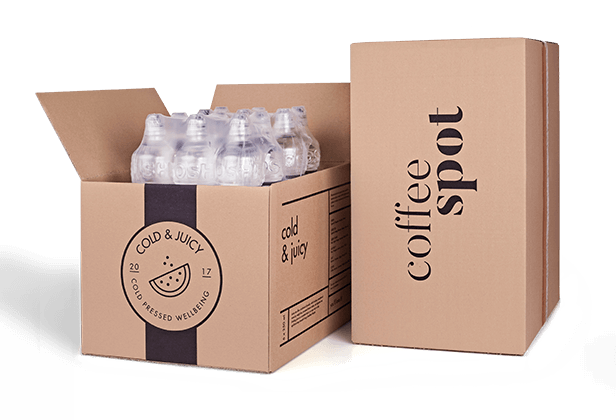
Conclusion
The choice between quality and quantity packaging is not always straightforward. It depends on various factors, including your product type, target audience, brand identity, budget, and environmental considerations. Ultimately, finding the right balance between the two approaches can help you meet customer expectations, manage costs effectively, and align with your brand’s values. By making informed choices in packaging, you can enhance your brand’s image, customer satisfaction, and overall success.
If you are interested in packaging options, then partner with Brown Packaging today to get started.
RSC boxes are known for their efficiency and versatility, but their performance ultimately comes down to strength. Buyers often see numbers like ECT, BCT, and
In packaging, foam isn’t just about initial protection — it’s about maintaining performance over the entire shipping or storage cycle. Compression set and recovery characteristics
Pouches are a go-to for flexibility and convenience, but they can fail in critical ways—from poor seals to punctures and delamination—that hurt performance and brand
In the retail environment, the placement of Point of Purchase (POP) displays is just as critical as their design and content. Strategic positioning can significantly
Choosing the right foam density isn’t about “soft” versus “hard” — it’s about controlling shock transmission and matching the foam’s cushioning curve to the product’s
Moisture resistance and dimensional stability are critical performance factors for custom inserts, especially when products are shipped or stored in variable climates. Both foam and
Home » Quality vs. Quantity: Making Informed Choices in Packaging
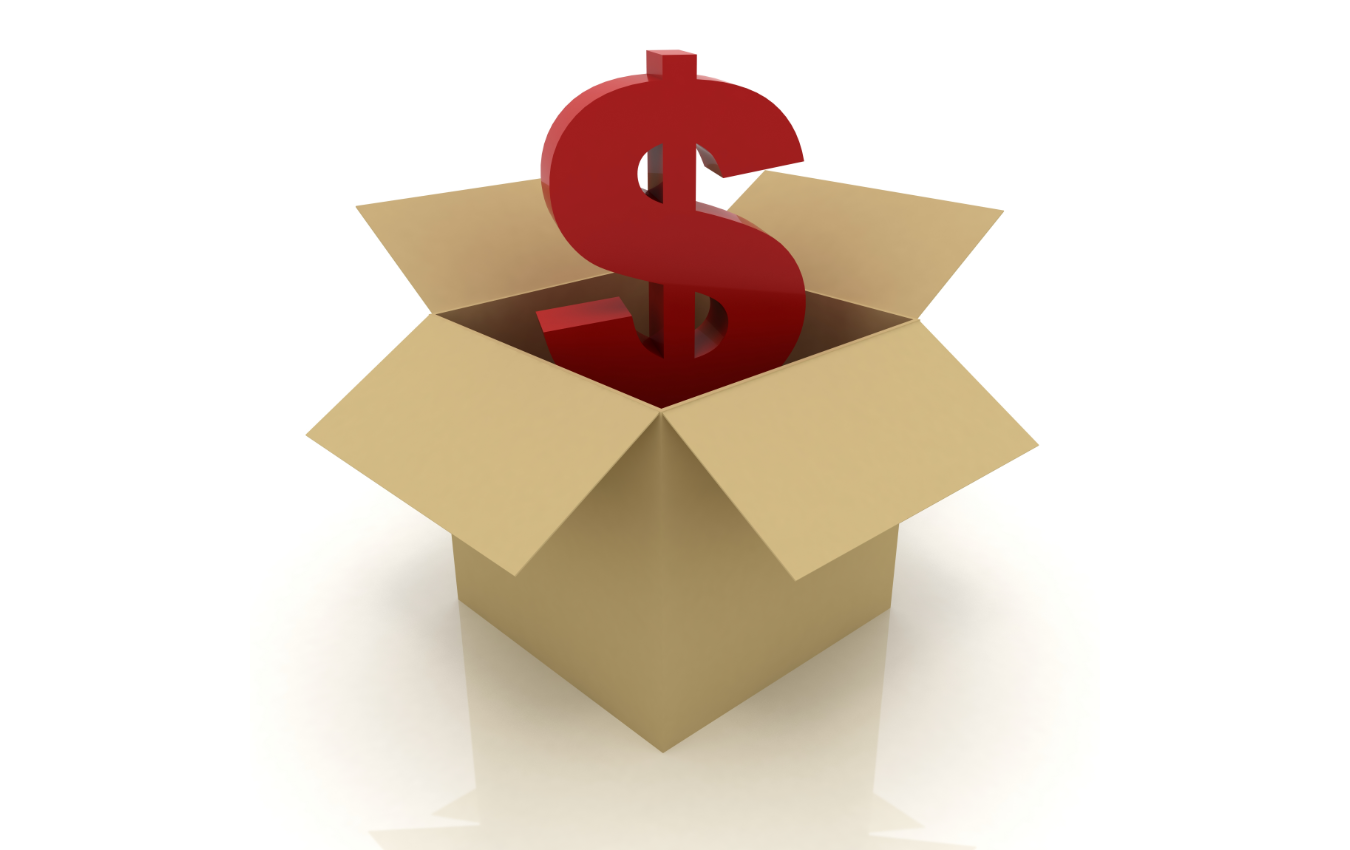
Custom corrugated boxes are a staple in the packaging industry, serving as a reliable means to protect and present various products. The cost of these
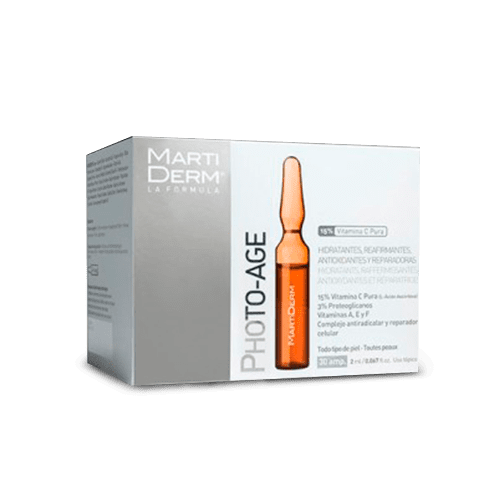
Lithography and digital print are two of the most commonly used methods in packaging printing. They both have unique advantages and disadvantages, and understanding these
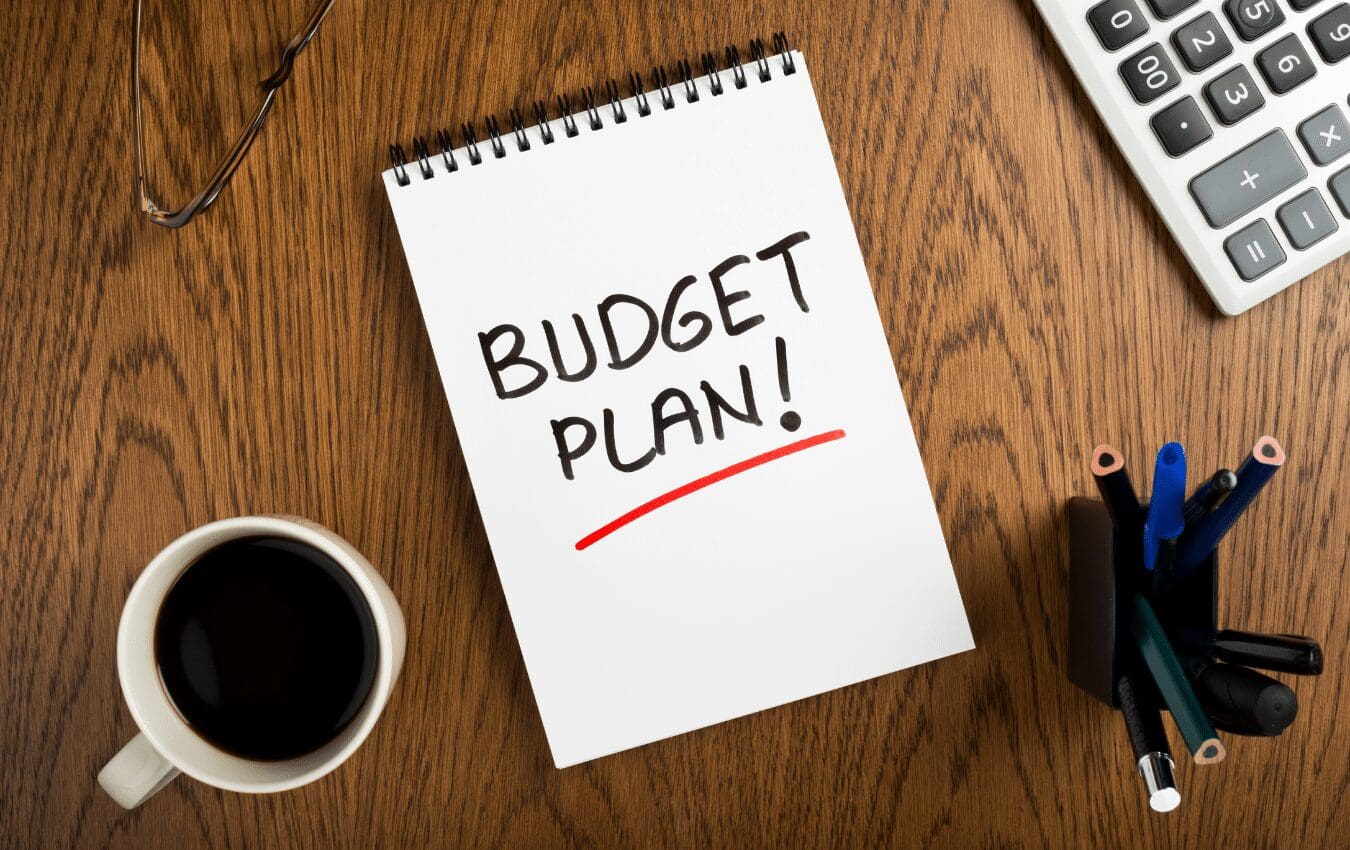
In today’s competitive market, businesses need to constantly look for ways to cut costs and increase efficiency to remain profitable. One area where businesses can


